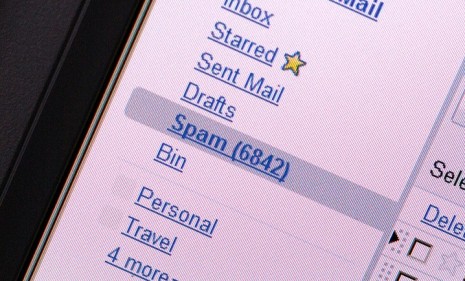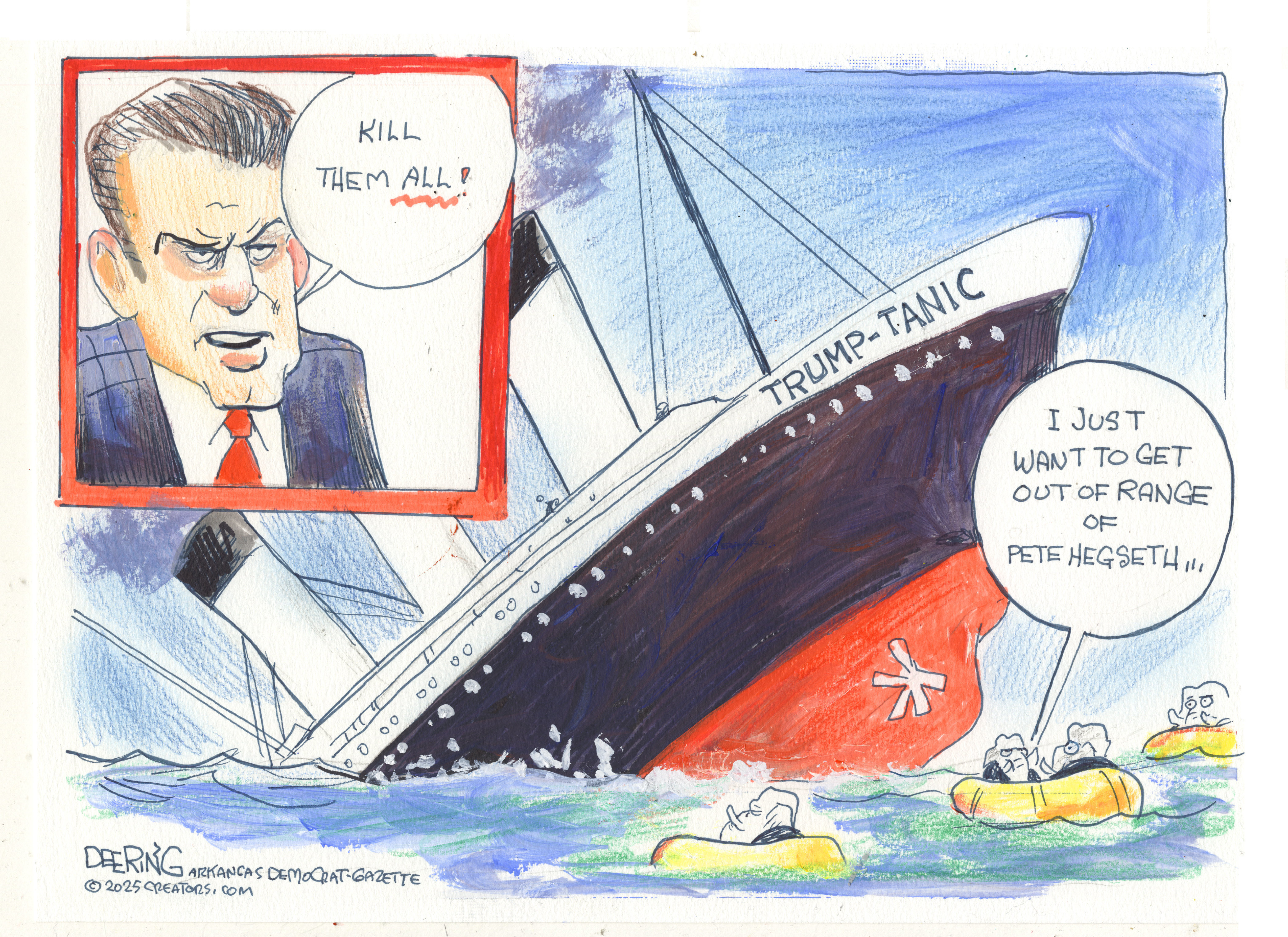The 'dramatic' drop in spam email: By the numbers
The world has seen a sudden and steep drop in the amount of junk email in recent months. How many fewer do people get now?

Bad news for those who find amusement in email offers touting Viagra and fake Rolexes — and good news for most everybody else: The tidal wave of spam has gone way down. Symantec, the biggest maker of computer-security software, reports that the number of junk emails worldwide dropped precipitously between August and December, 2010, and one reason could be that Rustock, a network of infected computers or "botnet" that accounted for much of the world's spam, has mysteriously shut down almost entirely. One hitch — security pros say the levels could rise again soon. Here's a look at the spam slowdown by the numbers:
200 billion
Number of daily spam messages recorded in August, 2010
The Week
Escape your echo chamber. Get the facts behind the news, plus analysis from multiple perspectives.

Sign up for The Week's Free Newsletters
From our morning news briefing to a weekly Good News Newsletter, get the best of The Week delivered directly to your inbox.
From our morning news briefing to a weekly Good News Newsletter, get the best of The Week delivered directly to your inbox.
50 billion
Number of spam messages recorded in December, 2010
47 or 48 percent
Proportion of global spam that botnet Rustock was responsible for before its mysterious shutdown
A free daily email with the biggest news stories of the day – and the best features from TheWeek.com
0.5 percent
Proportion of spam Rustock is now responsible for
90 percent
Emails that were unsolicited as of May, 2010
46 percent
People who have clicked on a spam message, according to a recent survey
.0000008
Percentage of people who actually buy a product after clicking on spam, according to The New Scientist
11
Percentage of tweets that were considered spam in August, 2009 — the spam peak for the site thus far. Spammers have increasingly targeted social networks over the past two years.
1978
The year that spam was first used as a derogatory term for junk email. A marketing manager violated etiquette by sending a mass email promoting a computer product launch through the government and university network that predated the internet.
1937
Year in which Spam, the precooked canned meat for which junk emails are named, made its debut
Sources: CNN, Toronto Sun, Templetons, Time
-
 Political cartoons for December 7
Political cartoons for December 7Cartoons Sunday’s political cartoons include the Trump-tanic, AI Santa, and the search for a moderate Republican
-
 Trump’s poll collapse: can he stop the slide?
Trump’s poll collapse: can he stop the slide?Talking Point President who promised to ease cost-of-living has found that US economic woes can’t be solved ‘via executive fiat’
-
 Codeword: December 7, 2025
Codeword: December 7, 2025The daily codeword puzzle from The Week